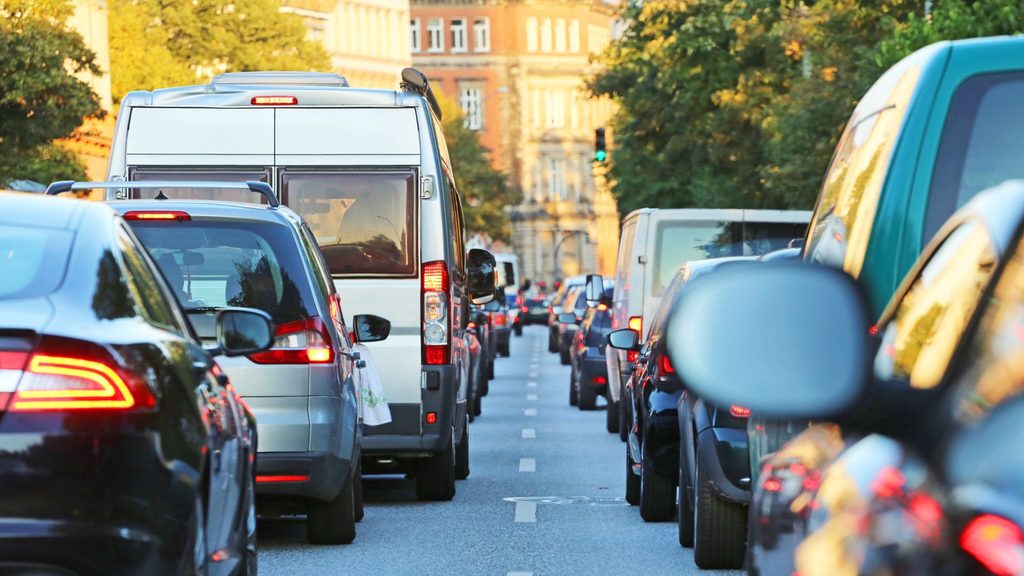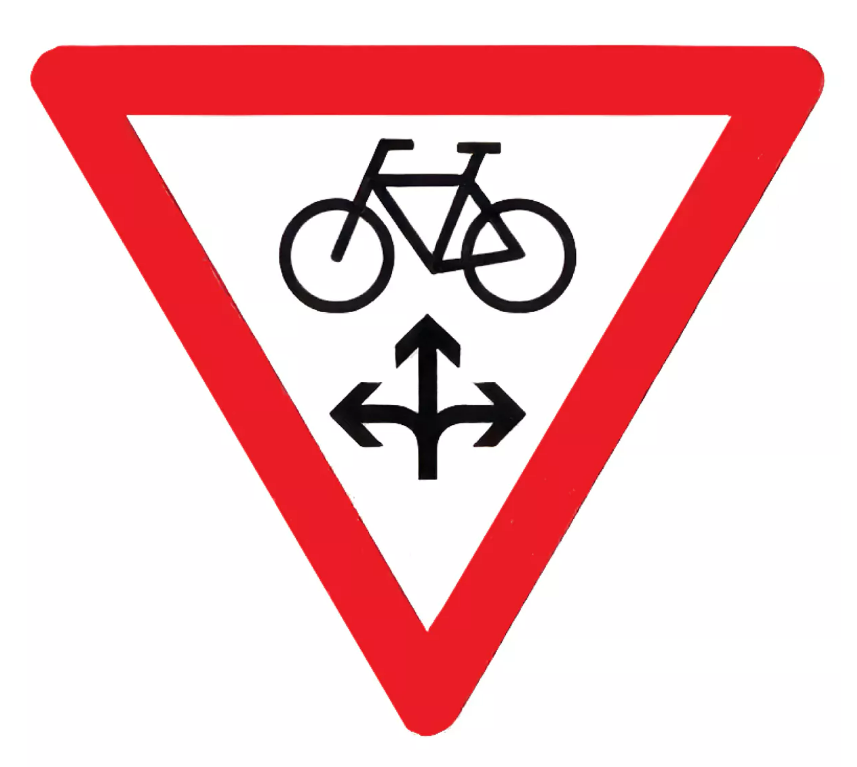Belgium will get a new motorway code in autumn 2025, with adjusted traffic rules and new traffic signs for the entire country.
The new rules pay more attention to active road users, such as cyclists and pedestrians, announced Federal Mobility Minister Georges Gilkinet.
The current motorway code is about 50 years old. It has been amended more than 100 times, with provisions that are often outdated. However, with people no longer getting around the same way they did half a century ago, this reform adapts to "new habits" and gives everyone "a fairer place" on public roads.
"Since the beginning of my mandate, my ambition has been to turn mobility into freedom. But there is no freedom without respect between road users and a balanced distribution of public space," said Gilkinet. "The Public Road Code provides an answer to these two crucial challenges, with rules adapted to new needs and the latest developments in mobility, while at the same time ensuring that the different modes of transport coexist peacefully."
For almost 20 years, Belgium's three regions (Flanders, Wallonia and the Brussels-Capital Region) have been working together on the new federal traffic rules and signs that were proposed on Wednesday. The new rules will come into force for pedestrians, cyclists, users of speed electric bikes and mopeds, as well as motorcycle and car drivers. There will also be new traffic signs.
Pedestrians
- When parking two-wheeled vehicles (bicycles, mopeds, motorcycles) on the footpath, there must always be 1.5 meters of free passage for pedestrians.
- Whether on or off the roadway, the distance between any moving vehicle and a pedestrian must be at least 1 metre, and 1.5 metres outside built-up areas.
- Crossing an intersection diagonally is allowed when the "square green for pedestrians" traffic sign applies.
- Groups of pedestrians travelling in the evening or at night can now choose between using lights (one at the front and one at the back of the group) or wearing a reflective vest for each member of the group.
Cyclists
- Cycling on the footpath is now allowed up to the age of 11 (previously it was 9 years old).
- The size of groups of cyclists has changed: a group of cyclists is now considered to have 10 or more members (compared to 15 previously) and a maximum of 100 members (compared to 150 previously). This is important because specific provisions apply to these groups, such as the possibility of driving on the roadway, for two people to drive next to each other, having signal transmitters and having an accompanying vehicle, among others.
- Crossing an intersection diagonally is allowed when the "square green for cyclists" traffic sign applies.
- Cyclists and other two-wheelers can now pass rows of slow-moving vehicles, such as cars stuck in a traffic jam.
- The list of equipment requirements for cyclists (lights, reflectors, brakes and bicycle bells) has been greatly simplified and standardised.
- When sign B22 is present (see image above), cyclists and electric bikes can now drive through red or orange lights to turn left (in addition to the option to turn right or go straight, provided they give way to other road users).
- When there is not enough space to create a cycling lane, but when traffic on the roadway can be dangerous, the road authority can allow bicycles on sidewalks. Pedestrians retain absolute priority on these shared sidewalks.
Cars
- Both the driver and (adult) passenger can now be fined if the passenger is not wearing a seat belt.
- In case of a vehicle breakdown or accident, turning on all direction indicators is mandatory. If this is not possible, an emergency warning triangle must be installed at a distance of 100m on motorways and other roadways.
- Mandatory use of lights, including position and dipped headlights, in poor visibility: like fog lights, when visibility is impossible at a distance of less than 100 metres.
Motorcycles
- Traffic sign C35 (no overtaking, see image) now also applies to motorbikes.
- Motorcycles are now allowed to use the 'emergency lane,' which is the space that cars have to form between two lanes in case of traffic jams.
- Parking on the road must be in line with the carriageway; it is no longer allowed perpendicular.
- The road authority may choose to prohibit the parking of motorbikes on pavements in a zone.
Diversity and inclusion
To make sure that public roads become a "fairer" place for all road users, several other changes, such as gender-neutral traffic signs, will also be made.
Additionally, there will be a ban on parking and stopping (bicycles and scooters) on tactile paving for blind and visually impaired people and a ban on stopping in places reserved for disabled people. For people with reduced mobility, the minimum age for using motorised vehicles (including electric scooters) will be abolished.
The new code also introduces two new symbols; one for the "cargo bike" and one for "shared vehicles."
The code still has to be approved by the Council of State before being published in the Belgian Official Gazette in the spring of next year, after which the new rules should come into force in the autumn of 2025.


